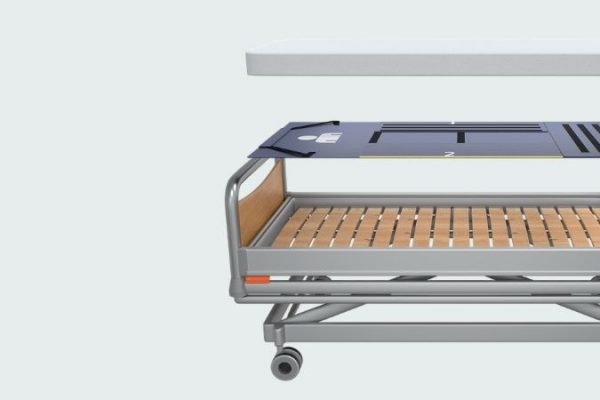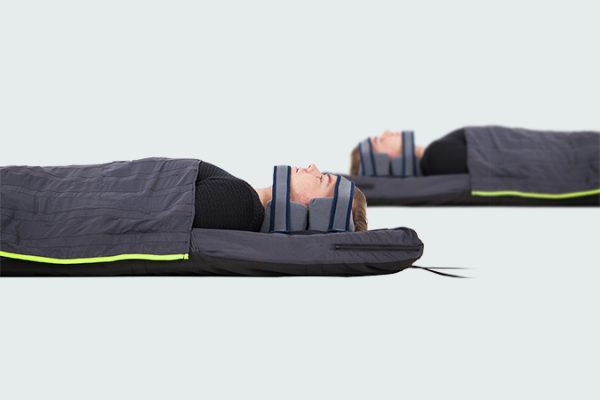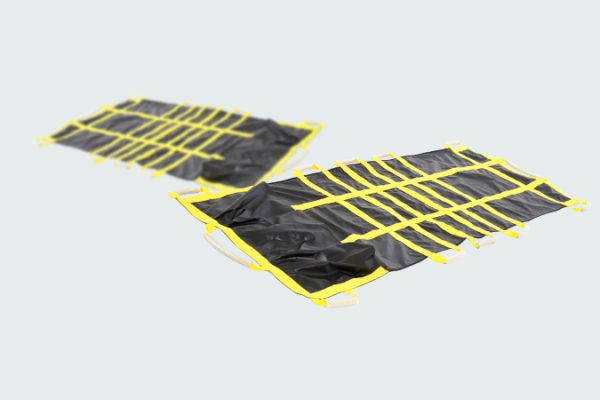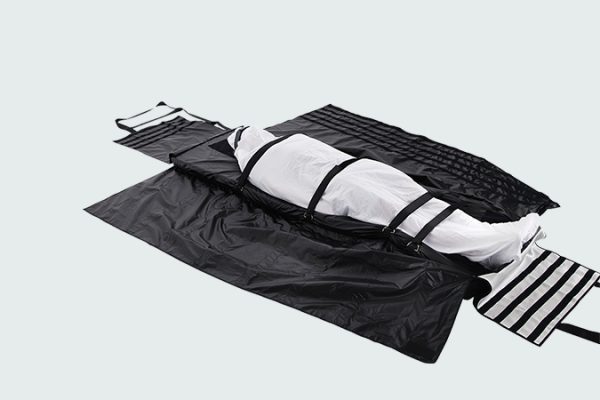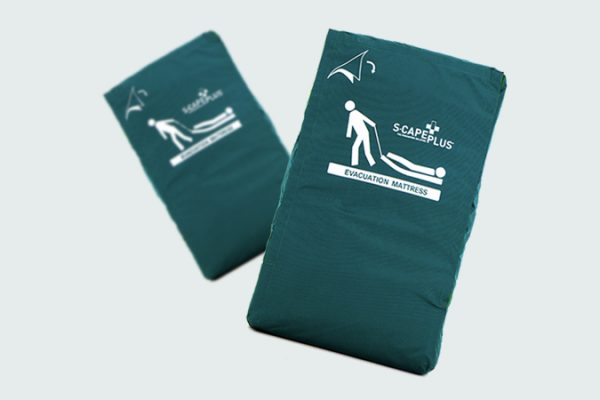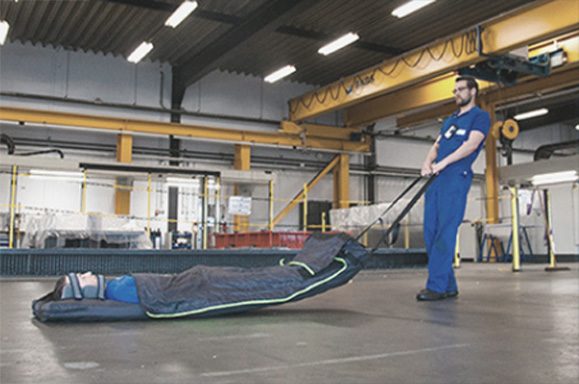As a company emergency worker, you generally have three legal duties: to provide first aid, to be able to extinguish an incipient fire and to evacuate a building. The latter is the most common task. But how do you get people out safely if they are unable to do so themselves? There are various evacuation aids available to help your emergency response teams to do this. Do you already know these five things?
In principle, people evacuate themselves. At least, that is true for people without mobility limitations. The condition is that they are given the right instruction so that they can take themselves to safety. But what do you do with a colleague who has suffered a leg injury and is now moving around on crutches? Or your pregnant manager who has her workplace on the tenth floor? And what about the person who is unconscious? Yes, now leaving the building quickly and safely is suddenly a lot more difficult. But with the right evacuation aid, it is quite possible!
#1. Not every evacuation aid is suitable for every evacuation
Many people assume during an evacuation that the people who need to leave the location are approachable. How different is it if a victim is unconscious and yet they need to be brought to safety immediately? What if the Rautek hold is not enough? ‘Just throw them over the shoulder’ is something I still hear many FAFS officers say. Remember that someone who is unconscious cannot ‘help’ to make a certain movement. Then you are pulling ‘dead weight’. In some cases, that can be a lot of kilos. How do you get someone out of the building at such a time, especially if you can’t use the lift, as in the case of a fire alarm? Then it is good to know that an evacuation mattress can be used in almost any situation, whether you have a steep or a spiral staircase.
#2. Power of simplicity
Although an evacuation is a common task for an emergency response team, using evacuation aids is often less practised. To use an evacuation aid properly, sufficient instruction is essential. A big advantage of using an evacuation mat is that you need little instruction to use the tool quickly and safely. It works so intuitively, and it is a very easy tool many people can use. Whereas with other evacuation aids, the supplier assumes an instruction of at least an hour, you will find that this will be much less with a mattress. This saves training costs and valuable productive time.

#3. Costs depend on the use
An overview of Tetcon’s evacuation aids basic model of an evacuation mattress suitable in an office environment can be purchased for less than €400 (in The Netherlands). In tougher conditions, when the mattress could be used on perforated staircases, you need to have the right material. So, don’t buy the first best mattress, but get good advice to buy a suitable solution.
#4. No need to be afraid
As soon as people realise that there is a serious reason for the evacuation and that it is not an exercise, you will notice that they will find it a bit more exciting. Can you imagine what it does to colleagues when they depend on others for their safety? Then it is even better when the way out goes smoothly for all parties involved.
You know that feeling when you are on a roller coaster, and you feel the last bump before the big descent before you plunge into the depths with your trolley? You don’t have that with a mattress. This makes it easy to surrender to the rescuers instead of trying to correct yourself by grabbing the bannister, for instance. An additional advantage is that you can see the faces of the people helping you, and they can constantly communicate with you, which is considered as comfortable.
#5. Suitable for many people
An evacuation mattress is suitable for many people. Adapted versions of the mattress are available for special target groups such as children or the obese, but the basic technique remains the same. If you are the head of FAFS in healthcare, know that there is also an evacuation solution for bedridden patients. While safety must be guaranteed at all times, the reality is that staffing levels are low at night. Being able to act effectively is then essential.
So, how many of these five things did you know about evacuation aids? If you want to know more about their use, or different evacuation products, please do get in touch with us:
Give us a call: +31 40 298 99 55
Or drop an email: info (@) tetcon-ge.com
—
Marieka Baars
This article was originally written in Dutch by Marieka Baars. Marieka Baars is an independent advisor for Employee Emergency Response Teams. She has helped and trained SMEs and large corporations in creating and setting up emergency response plans and the entire organisations around them.

